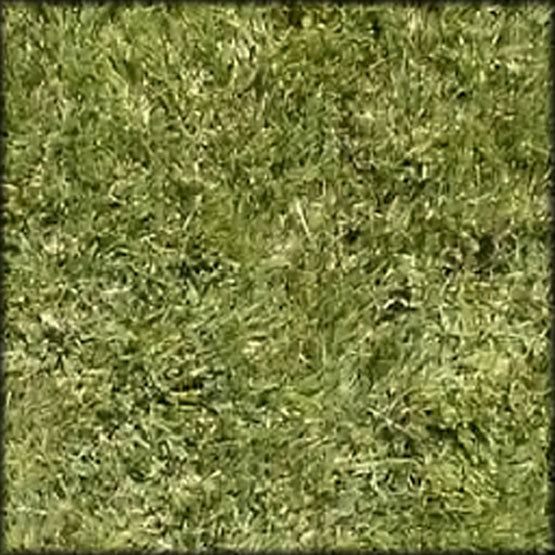 | ||
Actual Art is a genre of art that was first named by critic Alfred Frankenstein of the San Francisco Chronicle in a review of Helene Aylon’s work. The name was chosen because the art was "real", but the term "Realism" was already in use to describe a different genre. Frankenstein described Aylon's work as a genre of art that involves “the self-conscious enlistment of the forces of nature, by artists, toward the completion of their art”. Collaboration with nature necessarily brings the dimension of time into as an integral component of the artworks, with some requiring many thousands of years for their completion. The artists consider the future of the work to be as important as its present, relinquishing control over the work to nature.
Contents
History
In 1982, the Actual Art Foundation formed in the Tribeca district of New York City to promote exclusively artists working in the Actual Art genre, and in 1985, obtained its 501-C3 not-for-profit tax-exempt status to fund exhibitions of Actual Art and projects proposed by Actual Artists. The most notable early exhibitions sponsored by the Actual Art Foundation were:
The "Time Will Tell" exhibit was documented in articles appearing in the New York Times, the Bergen County Record, the Princeton Packet, and the Trentonian.
The headquarters of Actual Art Foundation was also used for an episode of Law & Order circa 1990, featuring Actual Art. Actual Art Foundation lost its Tribeca headquarters in the attacks of 9/11 and created an Art Center at Candlewood Lake in Connecticut
About
In Actual Art, what future generations will see is programmed into the work, making time an element of the work, as well as space, form or color. The artists introduce time as a tool in the making of art. Actual Art is about energy; specifically, about the energy and life in the materials. Words like “decay”, “deterioration” or “destruction” are replaced with “change”. Tery Fugate-Wilcox is quoted as saying, “The work will last forever, as long as you understand it changes.” Actual Art moves one to think about ways to work with nature instead of fighting it. In place of the constant attempts to inhibit materials’ natural tendency to change (to the detriment of the planet), man might be examining and exploiting the inherent qualities of the materials we work with. Actual Artists have a visionary sense of the natural order of the material world.
Artists
Called the “Avatar of Actualism” He uses rain to make paintings of water-soluble paint; shotguns, explosives & lightning; dust in “dust drawings”; metals that oxidize, or diffuse together over thousands of years, the actuality of any material. His work is in the collections of the Guggenheim & Museum of Modern Art in NYC, the Wadsworth Athenium in Hartford, CT, the National Gallery of Australia & a 36-foot (11 m) sculpture purchased by the City of NY for J. Hood Wright Park, 176th St. NYC,
Other galleries exhibiting Actual Art include:
Other artists generally included in the genre of Actual Art or "Actualism", include:
Perhaps the most ambitious work of art envisioned by an Actual artist is the San Andreas Fault Sculpture Project, proposed by Tery Fugate-Wilcox, which Actual Art Foundation has committed to sponsoring.
This 1-acre (4,000 m2) slab of concrete, 20 feet (6.1 m) thick is intended to span the San Andreas Fault, which will rip the artwork in half, with the west half traveling north towards Alaska over the next few million years or so.
